SUGAR QUIZZES
How much do you really know about sugar?
A lot has been written about sugar, which can lead to confusion about the role it can play in our diet. So, to help you separate fact from fiction, why not have a go at our quizzes below!
We will be adding new quizzes as we go, so don’t forget to check back for updates.
Good luck!
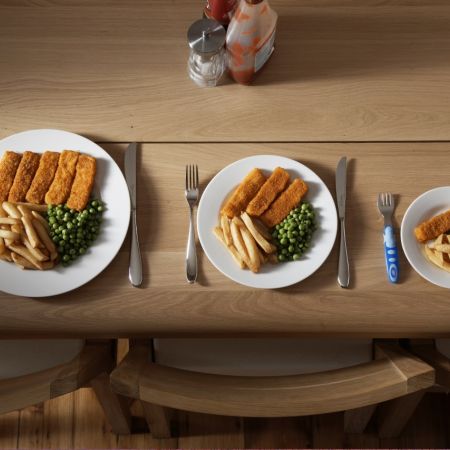
Portion sizes for adults
Think you know the right portion size for you? Test your knowledge with this quiz from the British Nutrition Foundation.
Portion sizes for adults
Think you know the right portion size for you? Test your knowledge with this quiz from the British Nutrition Foundation.
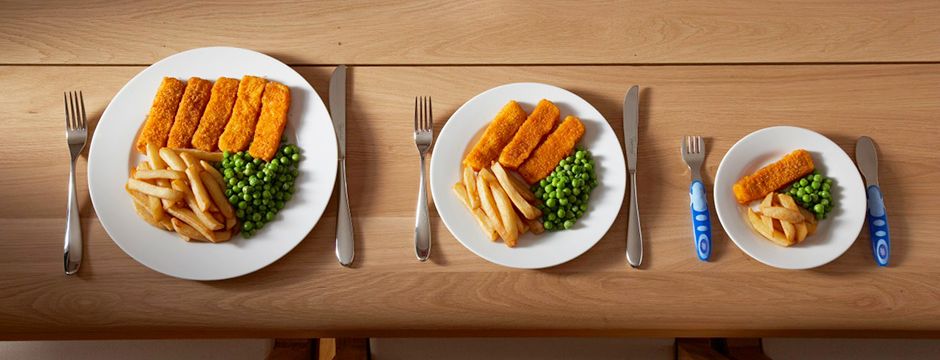
Question 1 of 5
Serving larger portions may encourage us to eat more.
Fiction
Fact
Research* has shown that people consume more food and drink when offered larger-sized portions than when offered smaller-sized versions. This means we may consume more calories than we need which, over time, will lead to weight gain. Use the British Nutrition Foundation’s portion size guidance to help you get the right portion sizes for you. *Hollands GJ, Shemilt I, Marteau TM, Jebb SA, Lewis HB, Wei Y, Higgins JPT, Ogilvie D. Portion, package or tableware size for changing selection and consumption of food, alcohol and tobacco. Cochrane Database of Systematic Reviews 2015, Issue 9. Art. No.: CD011045. DOI: 10.1002/14651858.CD011045.pub2 https://www.cochrane.org/CD011045/PUBHLTH_portion-package-or-tableware-size-changing-selection-and-consumption-food-alcohol-and-tobacco. *https://www.ncbi.nlm.nih.gov/pmc/articles/PMC4355088/
Well done!

Question 2 of 5
It's OK to have lots of treats like cakes and biscuits.
Fact
Fiction
No, treats like chocolate, cakes, biscuits, salty snacks, sugary soft drinks, and ice cream are high in saturated fat, salt and sugar, and are not needed in our diet so should be eaten less often and in smaller amounts, if eaten at all.
Well done!
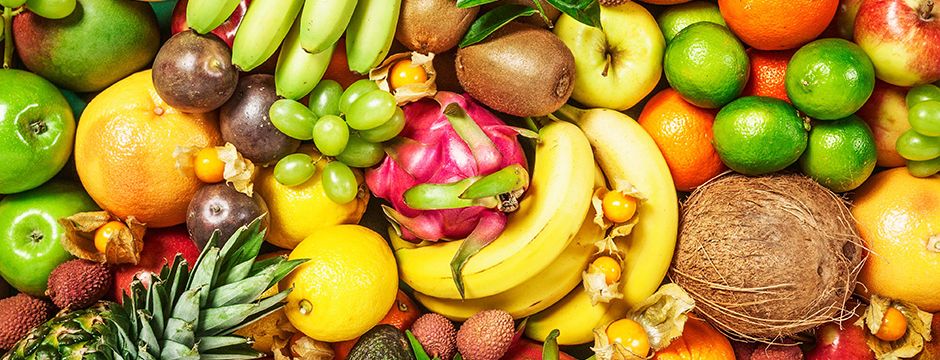
Question 3 of 5
Adults should aim to have 3 portions of fruit and vegetables per day.
Fiction
Fact
Adults should aim to eat at least 5 portions of a variety of fruit and vegetables each day – more is better! Fruit and vegetables are a good source of vitamins, minerals and fibre. You can choose from fresh, frozen, canned, dried or juiced. But remember that fruit juice and smoothies should be limited to no more than a combined total of 150ml a day.
Well done!
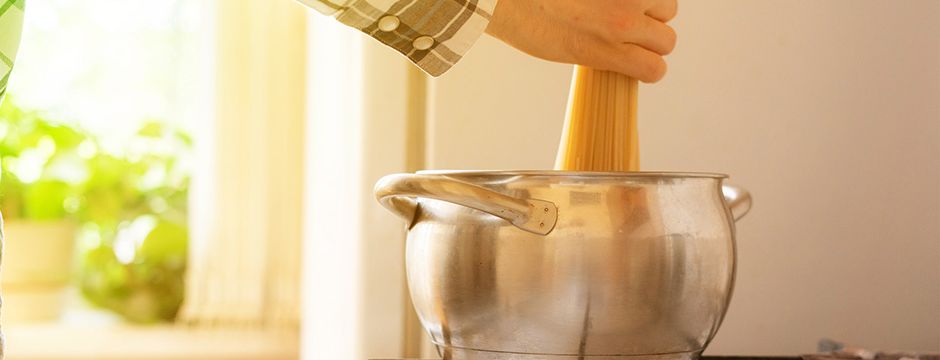
Question 4 of 5
The average healthy woman needs about 2000 calories per day.
Fiction
Fact
The recommendation of 2000 calories a day is based on an average woman and can be used as a guide, but each person’s daily requirement varies depending on age, metabolism and levels of physical activity, among other things. Most adults consume more calories than they need.
Well done!

Question 5 of 5
An adults’ portion size of dried spaghetti can be measured using your finger and thumb to create the size of a £1 coin. HINT: you may need to look at the Portion Size guide!
Fact
Fiction
A handy way to get an adult’s portion size is to use your finger and thumb to measure a bunch the size of a £1 coin. It’s hard to judge how much dried pasta we need without getting the scales out and many of us use too much forgetting how much it expands when it’s cooked. Check out the portion size guide for other handy tips about measuring different portions for all sorts of foods! https://www.nutrition.org.uk/media/ohunys2u/your-balanced-diet_16pp_final_web.pdf
Well done!
Next question

Food labels
How well do you know your food labels?
Food labels
How well do you know your food labels?

Question 1 of 5
When looking at the ingredients list on pre-packaged food and drinks, the ingredients will always be shown in order of weight.
Fact
Fiction
The ingredients displayed on the ingredient list will always be shown in descending order of weight – from the biggest to the smallest amount. So, it’s helpful looking to see what ingredients make up the largest proportions of the product, through to the smallest. Also, the ingredients list is a great place to look if you want to see whether a product contains sugars and how much in proportion to other ingredients.
Well done!
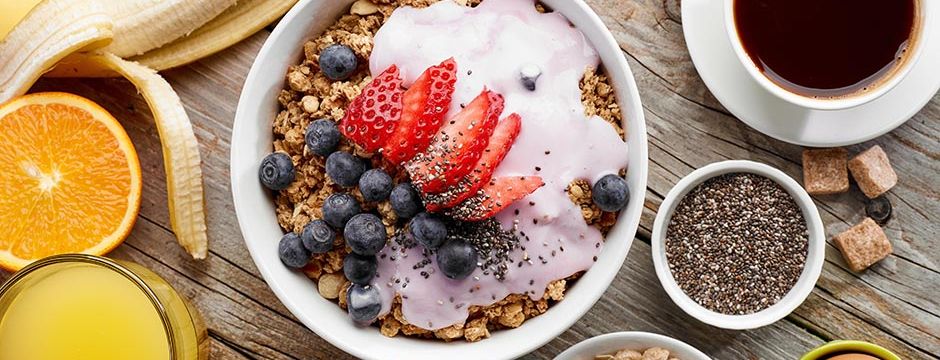
Question 2 of 5
Sugars are hidden in pre-packaged food and drink products.
Fiction
Fact
There is no such thing as hidden sugar, it must always be declared on pre-packaged food and drink labels, as per country mandatory labelling requirements. Food labels on the product pack will typically show the list of ingredients (in descending order of weight), as well as the ‘total sugars’ contained as per 100g or per 100 ml of product. When looking at labels, sugars most commonly present in food and drinks are glucose, fructose, sucrose, lactose and maltose – collectively they are known as ‘sugars’ and this term is used in nutritional labelling on pack: ‘carbohydrate – of which sugars’. Food labels in most countries do not currently identify ‘added sugars’ (i.e. sugars that have been added during food and drink manufacturing). It is not possible to distinguish naturally occurring sugars from added sugars in a laboratory, given they are the same molecules. However, some countries are exploring how ‘added sugars’ could be calculated and shown on labels. For example, the US has started to introduce ‘added sugars’ on the labels of pre-packaged food and drink products, and the US Food & Drug Administration (FDA) is continuing to work with manufacturers to meet these new labelling requirements. ‘Added sugars’ are calculated based on product manufacturers’ proprietary recipes as a baseline.
Well done!
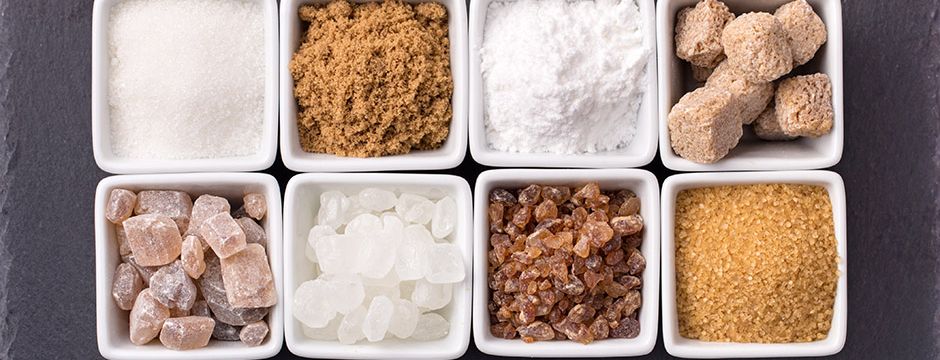
Question 3 of 5
Food labels can help you identify the amount of calories (energy) in a product.
Fiction
Fact
Food labels are a helpful place to find out what’s in your food and drinks, including the amount of calories (energy), and the amounts of fat, saturated fat (known as saturates), carbohydrates, sugars, protein and salt. Calories will often be referenced in a nutritional information label as energy; both in kilojoules (kJ) and kilocalories (kcal), known as calories. Calories are essentially a measure of the amount of energy in food and drink. When you eat or drink, there’s an intake of energy (or calories) into the body and different food and drink provide different amounts of energy. An average adult, with a healthy body weight, requires approximately 2,000 calories per day.
Well done!
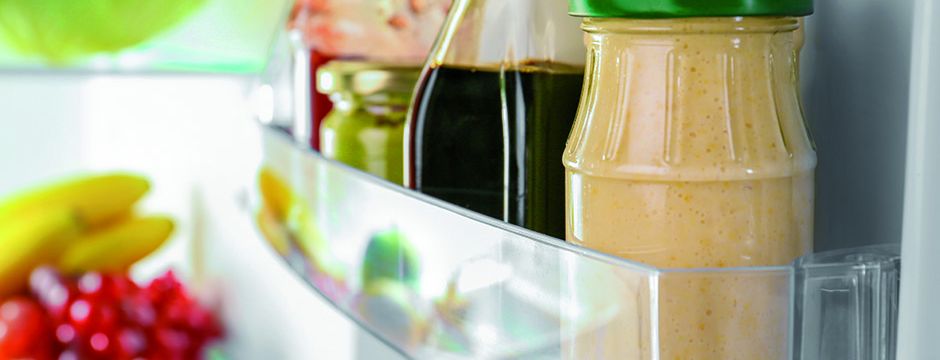
Question 4 of 5
Food labels can include information about recommended serving and portion sizes.
Fact
Fiction
Some labels, depending on where you are in the world, contain serving and portion size recommendations. This information would typically be shown on labels, such as the traffic light labels or a reference intake label. These can often be found on the front of pack but can also appear on the side or back of pack too. In some countries, you may also find the recommended serving size per portion of a pack, or in relation to the country’s daily dietary amount guidelines.
Well done!

Question 5 of 5
When sugar is listed on the ingredients list, it’s only referring to sucrose, i.e. the sugar found in your sugar bowl?
Fact
Fiction
If you see ‘sugar’ listed on the ingredients list, then it is sucrose – the same sugar you will find in your sugar bowl. There may be other ingredients within the product, for example fruit, vegetables or milk, that have naturally occurring sugars such as glucose, fructose, maltose and lactose. These will be written in the ingredients list as ‘sugars’.
Well done!
Next question
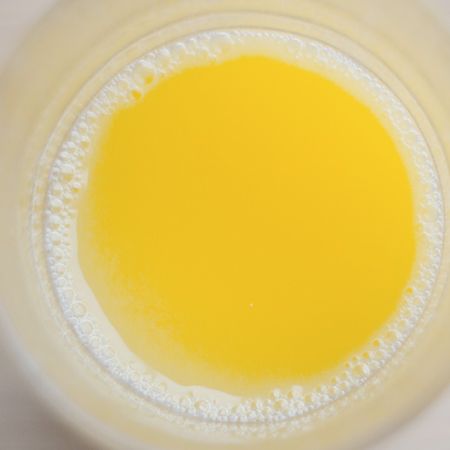
Sugar vs Sugars
Can you separate fact from fiction?
Sugar vs Sugars
Can you separate fact from fiction?
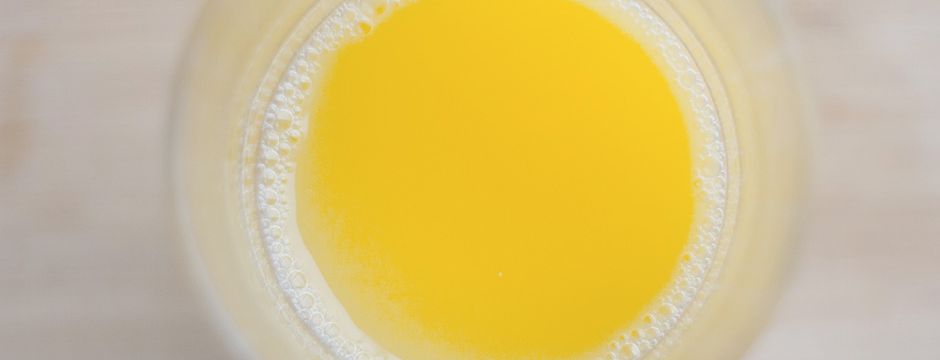
Question 1 of 5
All of the sugars in orange juice come from the oranges themselves.
Fact
Fiction
The sugars are sucrose, glucose and fructose, which are all naturally occurring within the oranges.
Well done!
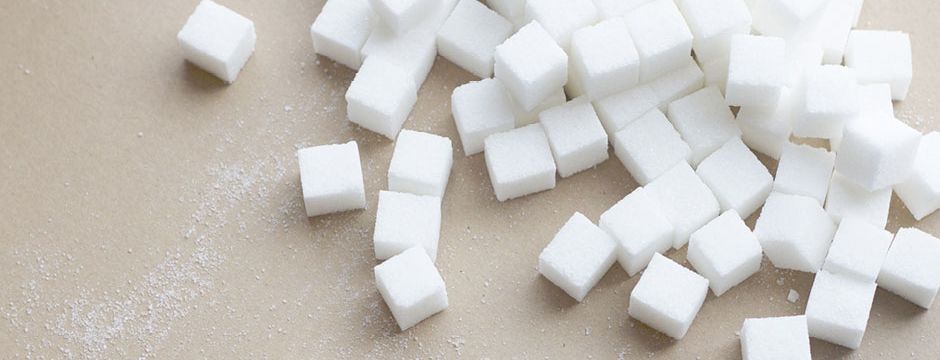
Question 2 of 5
Sugars in milk come directly from the cow.
Fact
Fiction
The sugar is lactose which comes directly from the cow.
Well done!

Question 3 of 5
Bananas contain one type of sugar.
Fact
Fiction
A banana contains three types of naturally occurring sugars: Fructose, Glucose and Sucrose.
Well done!

Question 4 of 5
Sugars are hidden in foods.
Fiction
Fact
Sugars are typically displayed in three different areas on your food packaging: Front-of-pack, ingredients list and nutritional information labels.
Well done!

Question 5 of 5
Your body can distinguish between sugars used in processed foods and those found naturally in fruit and vegetables.
Fact
Fiction
The body doesn’t distinguish between sugars used in processed foods or those found naturally in fruit and vegetables. For example, sucrose in an apple is broken down in exactly the same way as the sucrose in your sugar bowl.
Well done!
Next question
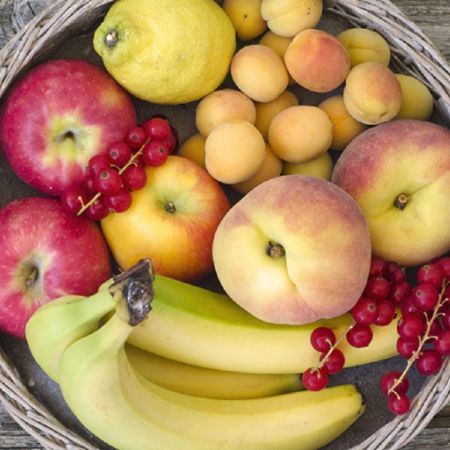
Sugar myths
Can you separate fact from fiction?
Sugar myths
Can you separate fact from fiction?
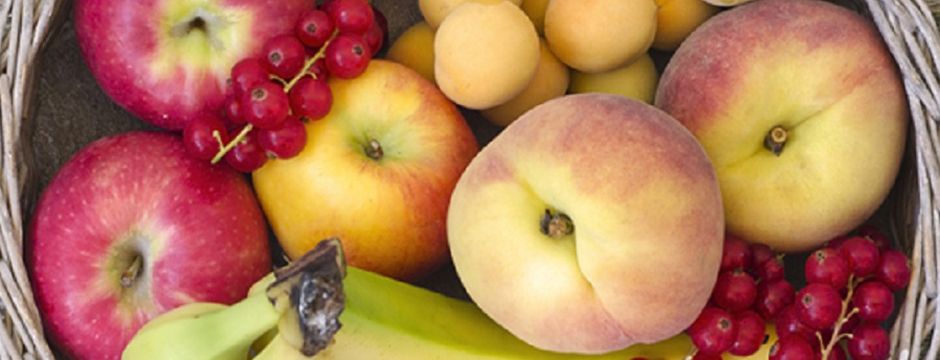
Question 1 of 6
Fruit and vegetables contain different types of sugars.
Fact
Fiction
Sugars are found naturally in a wide range of fruit and vegetables.
Well done!
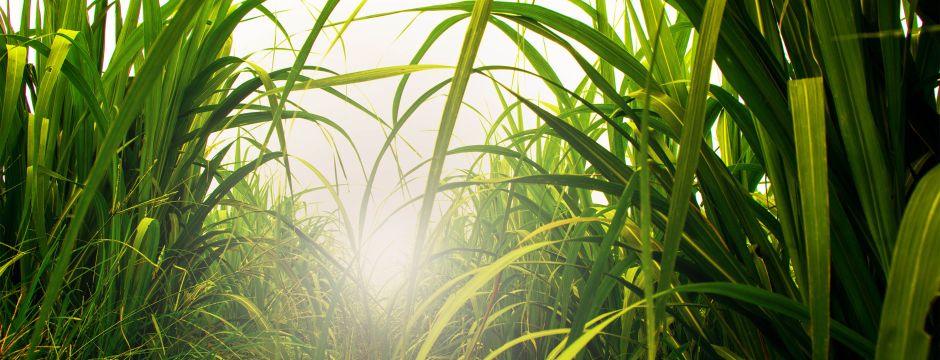
Question 2 of 6
Sugar is only used to sweeten food and drinks.
Fact
Fiction
Sugar performs all kinds of functions in addition to making things sweeter. It provides structure, texture, and flavour and even acts as a preservative.
Well done!
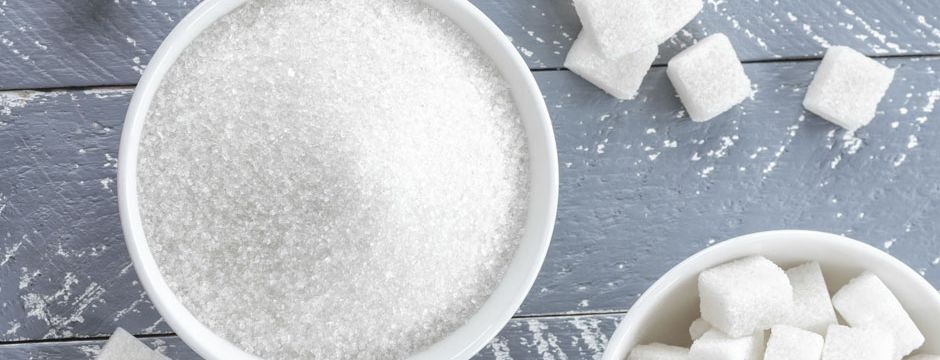
Question 3 of 6
My body doesn't need sugars.
Fiction
Fact
All sugars are carbohydrates that provide energy for the body. The most common sugar in the body is glucose which your brain, major organs and muscles need to function properly.
Well done!
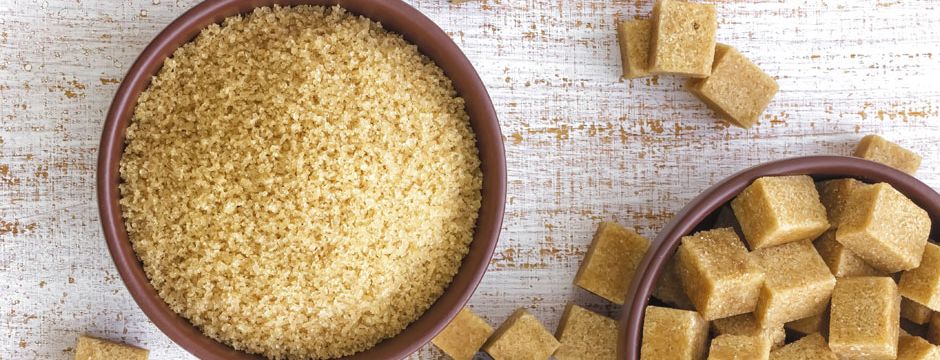
Question 4 of 6
Sugars are hidden in lots of products.
Fact
Fiction
Sugars are clearly listed as ‘sugar’ ‘glucose’ or ‘fructose’ in the ingredients panel on food labels, as well as on the nutritional information panel as ‘carbohydrates – of which sugars’.
Well done!
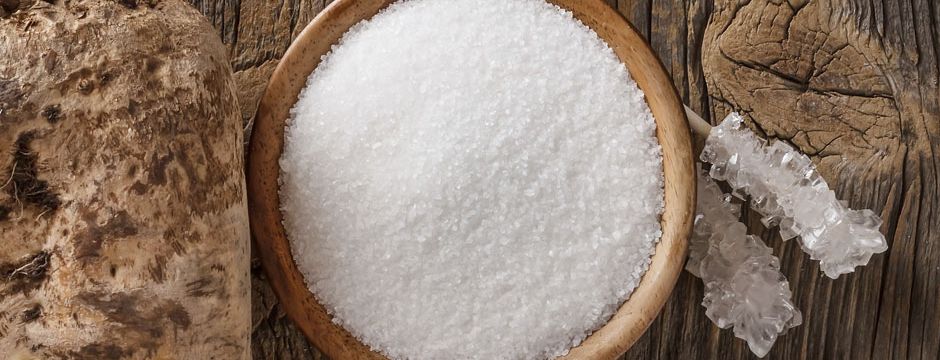
Question 5 of 6
Brown sugar is better for me than white.
Fact
Fiction
No, the body breaks down each type of sugar in exactly the same way, irrespective of where it comes from. Brown and white sugars are both forms of sucrose, which our bodies break down in the same way, and contain the same calories at 4 calories per gram.
Well done!

